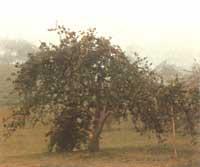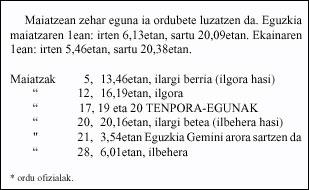Monthly plant magazine. January
1989/12/01 Errekondo Salsamendi, Jakoba Iturria: Elhuyar aldizkaria
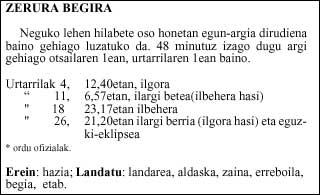
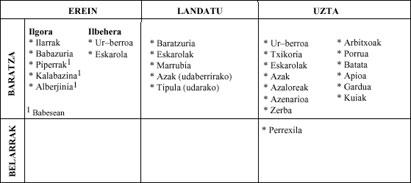
(Note: To see the image go to pdf).
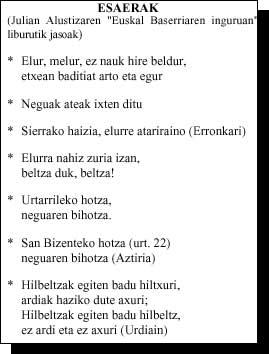
Winter treatments
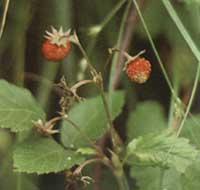
Forgotten about the harvest, we have to start preparing the next season. This is a favourable time for plantations, taking into account two conditions: one, the day when there is no ice and the other, prior drilling, leaving as much space as possible during planting.
Both diseases and pests, to withstand the winter, develop their resistant forms, but it is a good time to perform treatments in fruit trees.
Remember that before it was so widespread the custom of treating the lime of the trunk. Currently we have the right treatments, products with oil structure. These products, on the tree, form a solid layer that cannot pass through the air, under which are the winter spores, the eggs of pests, etc. drown.
For next year the following winter treatments are very important:
- So that the fruit trees bear fruit...Saving the apple and fruit trees from the remains of diseases and pests last year, the start of the season can be excellent.
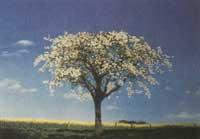
- At the beginning of the season the main annual developments of the fruit tree are carried out, such as flowering, fruit intake assurance, main development of the wood structure, etc.
- Contaminations that can be derived from an outdoor apple tree or fruit tree do not occur in most cases until June (as they must complete the formation cycle of the fungus of the disease and the winged forms of the pest), and are easier to treat and the tree itself is in a healthier situation to combat them.
Types of treatment. Oils
These winter treatments have to be done since the leaf has fallen until the eyes begin to grow in spring; that is, in low season of the fruit tree, since actively the plant would also drown.
The treatment is totally recommended in cases of diseases caused by spiders or mites and fungi, both in fruit trees of pepita and in fruit trees with bone.
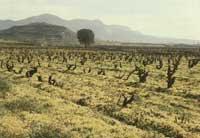
There are two types of oils to be treated: white oil and yellow oil. The white oil is lighter and although the layer that makes it is similar, the fungicides, acaricides or insecticides it carries incorporated are light active products and their degree of toxicity (A).
Safety deadlines are also short (15-20 days).
Yellow oil, on the other hand, is very resistant to the effects of the active products it carries (such as the thug of insects, mites or fungi). They have high toxicity (levels B and C) and a very long waiting period (30 days).

Gai honi buruzko eduki gehiago
Elhuyarrek garatutako teknologia




